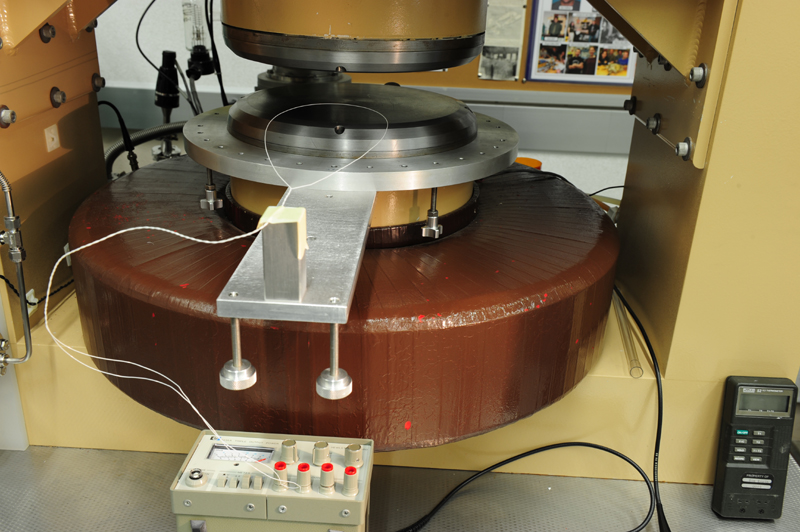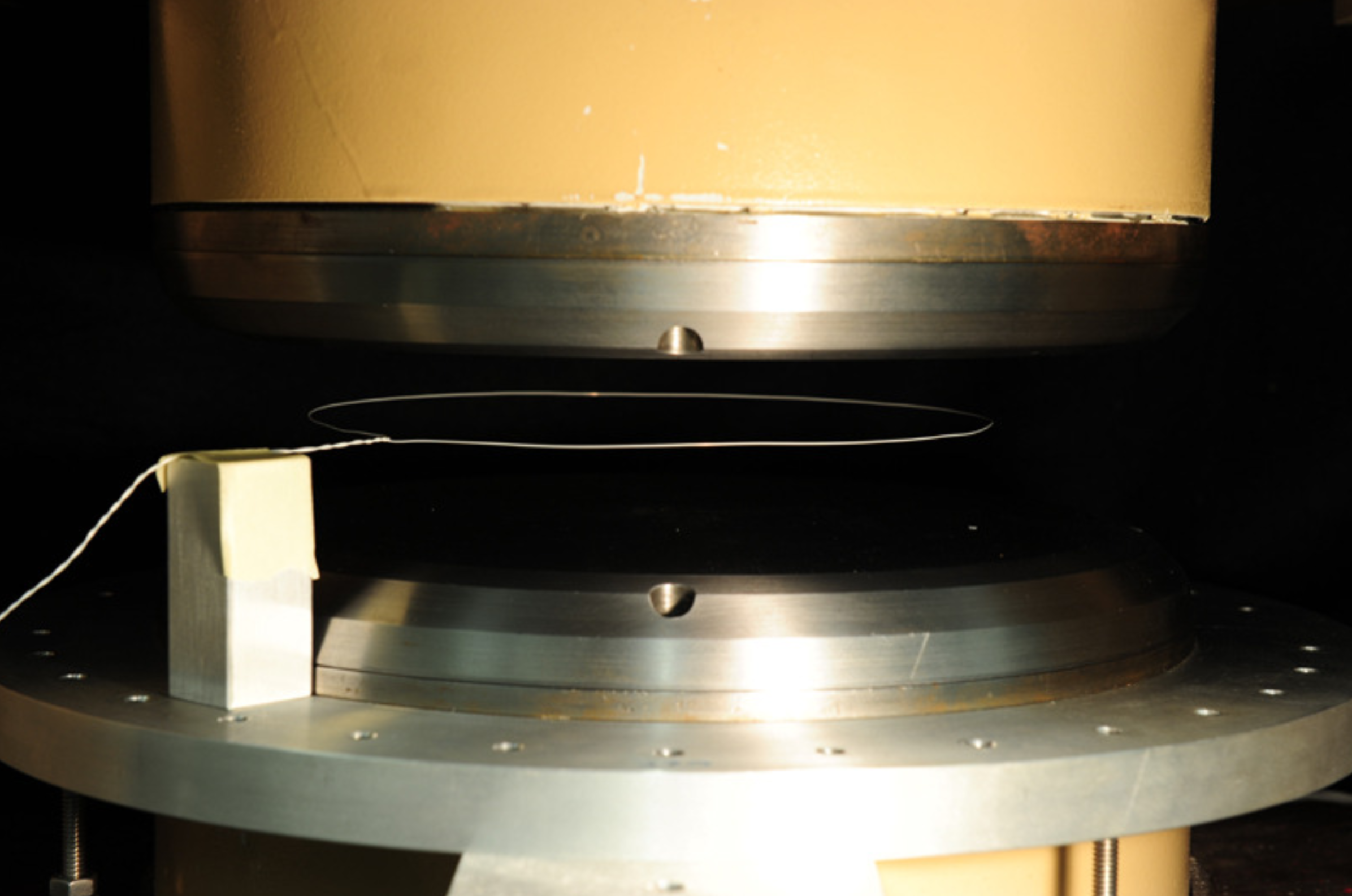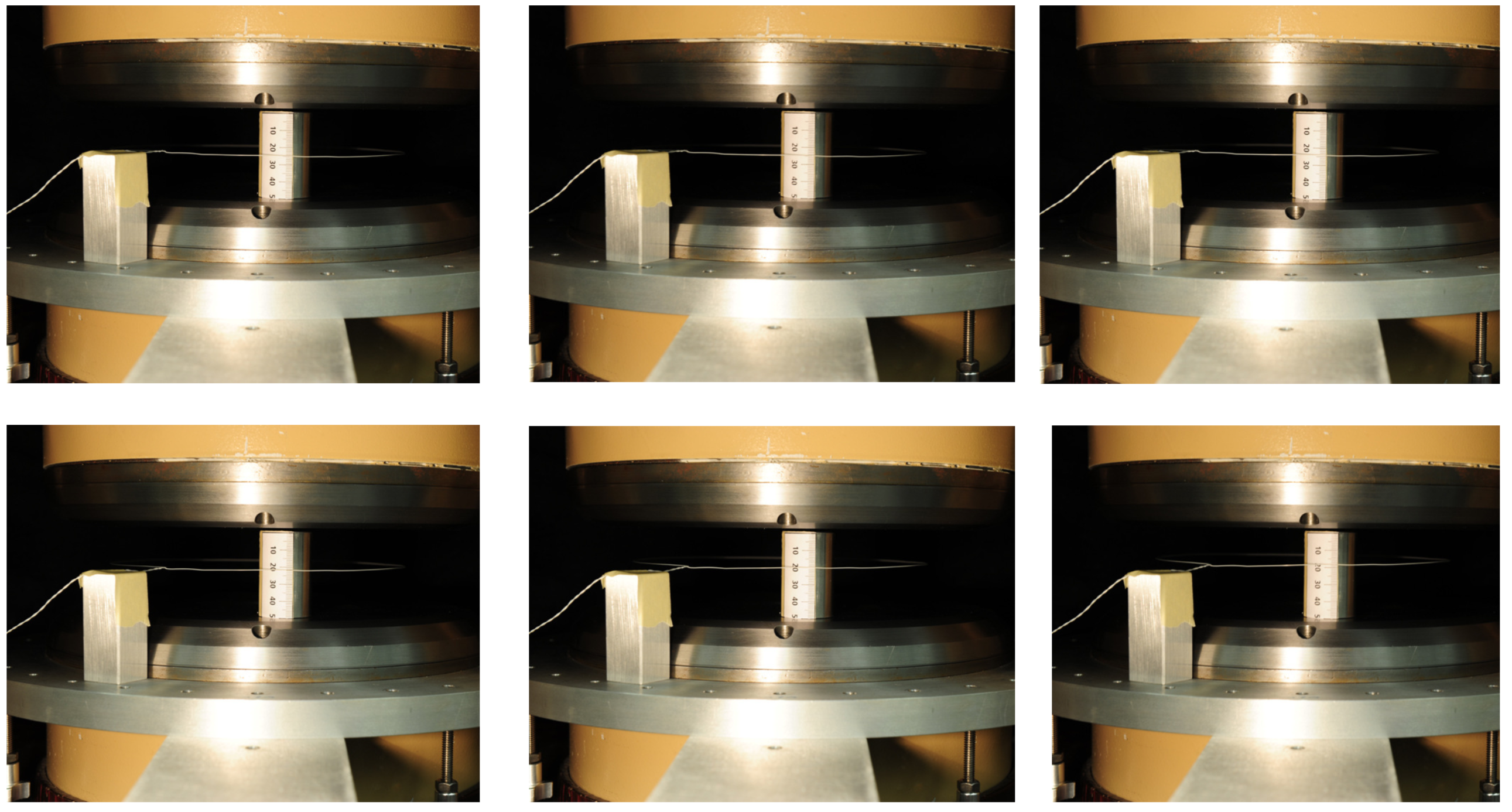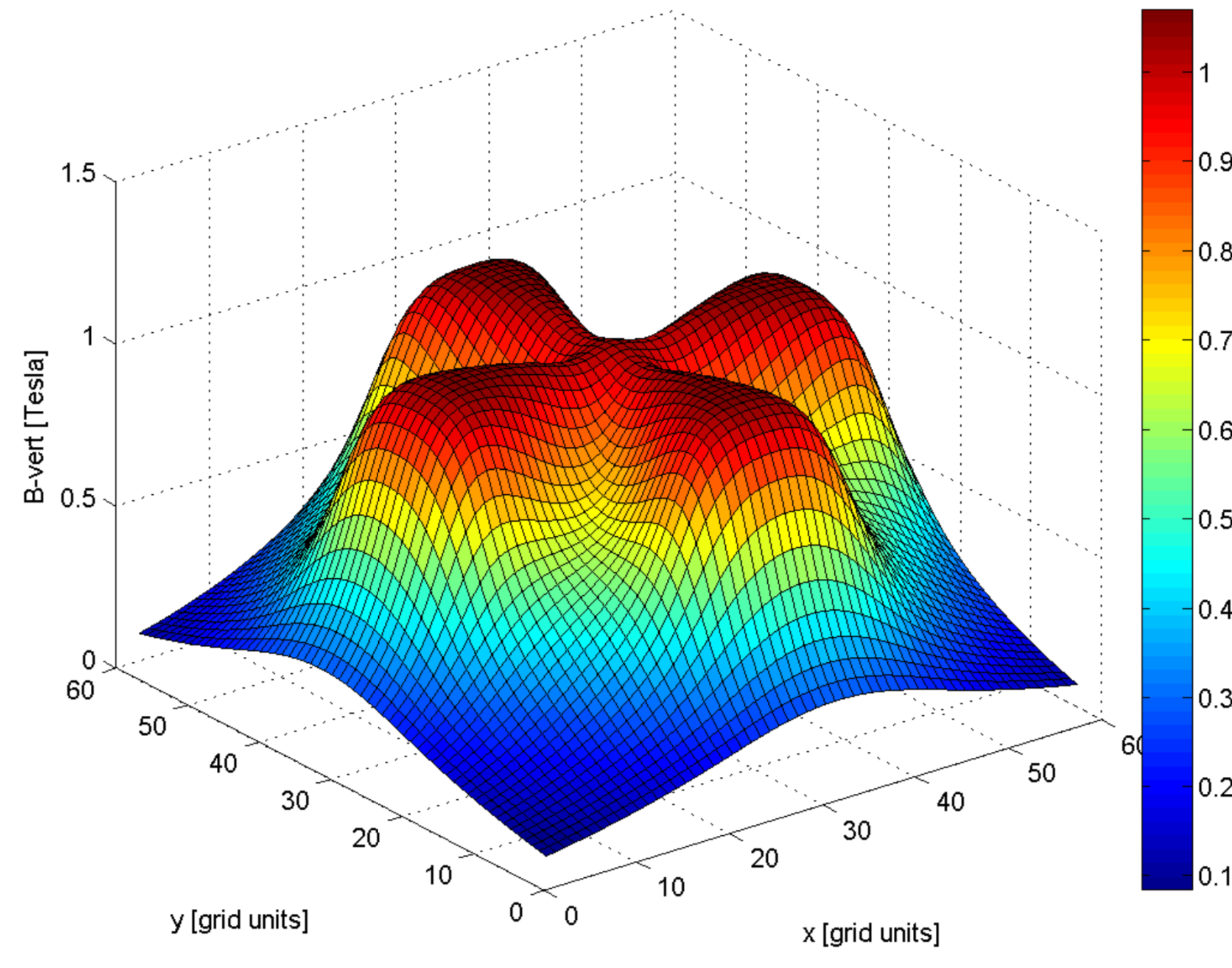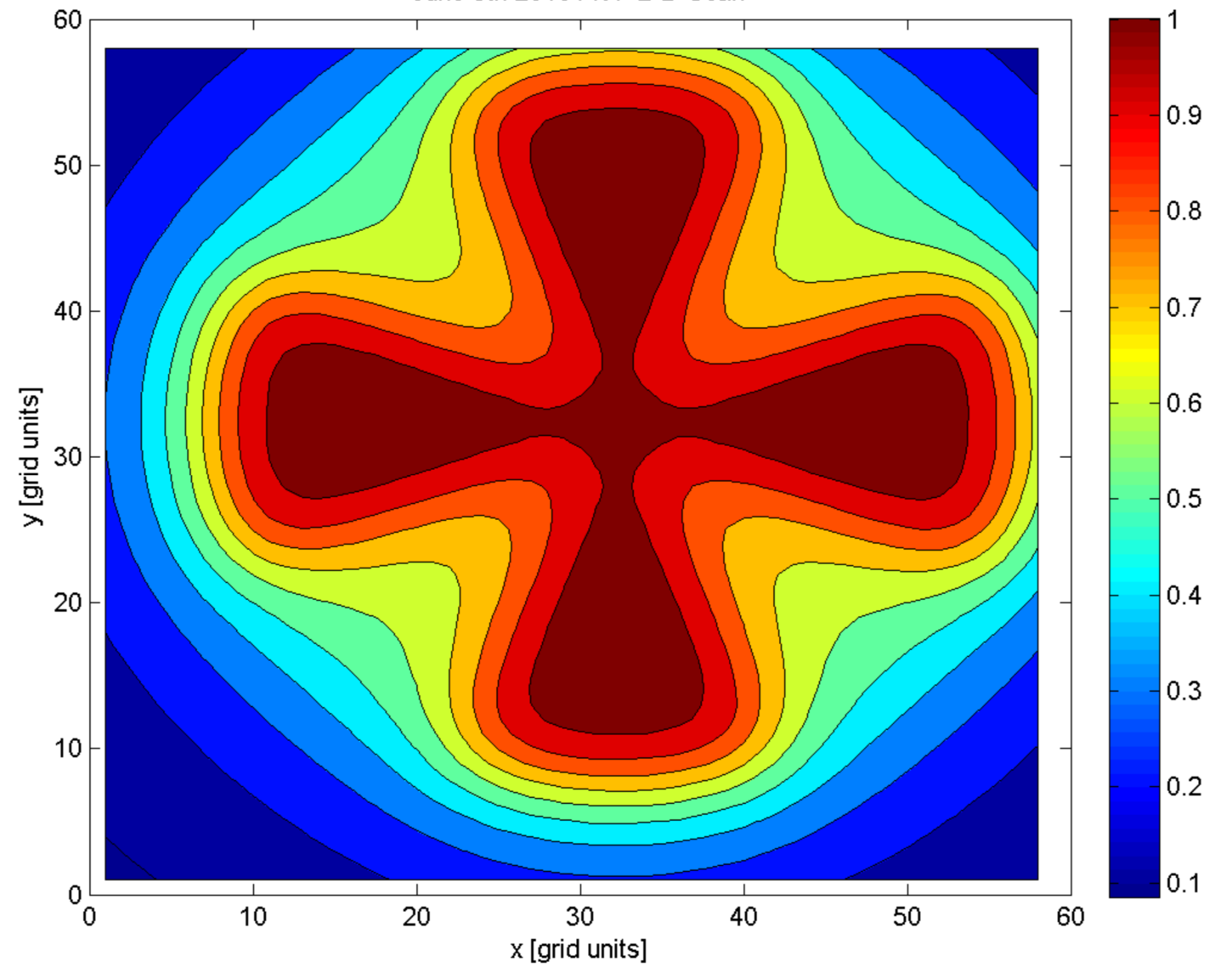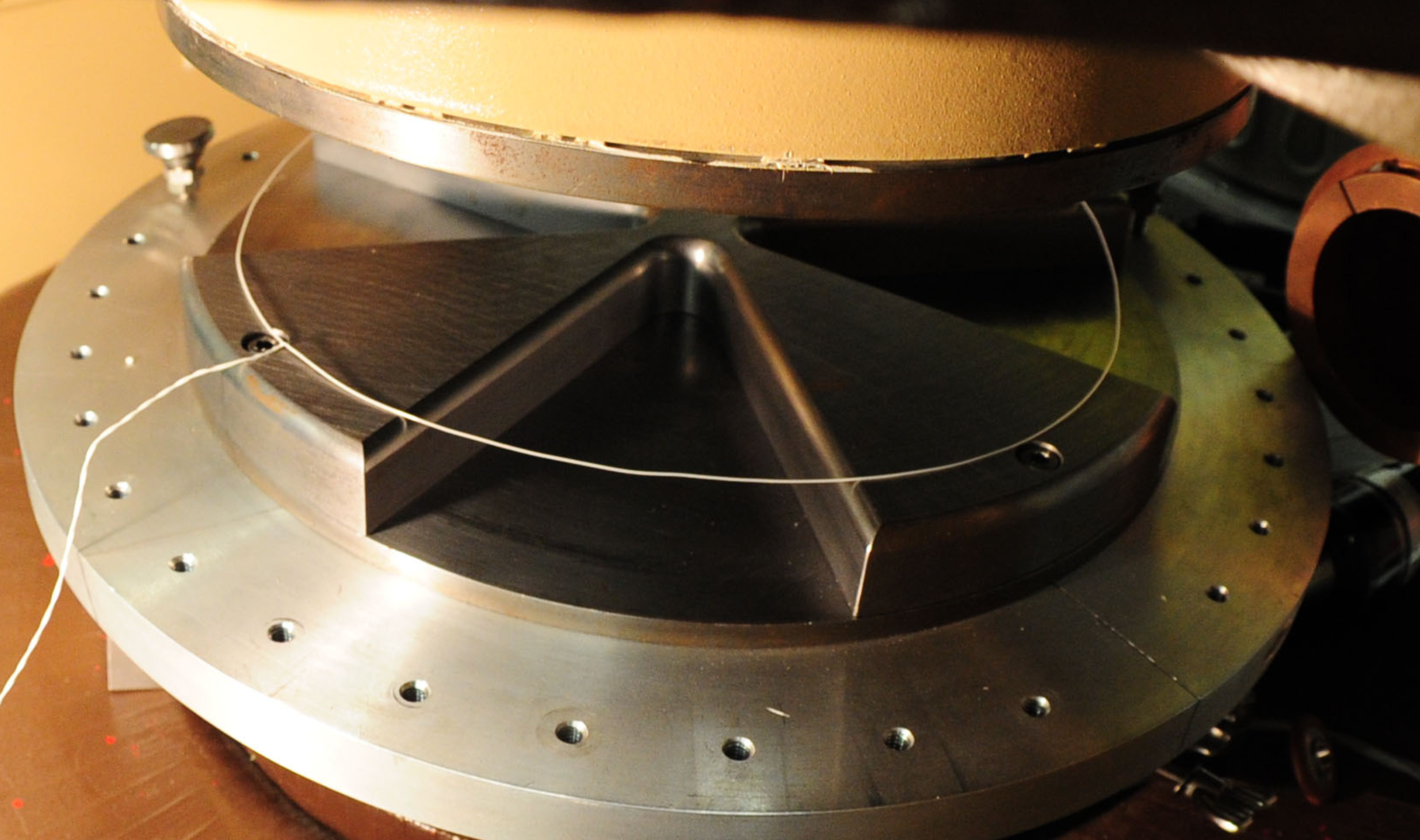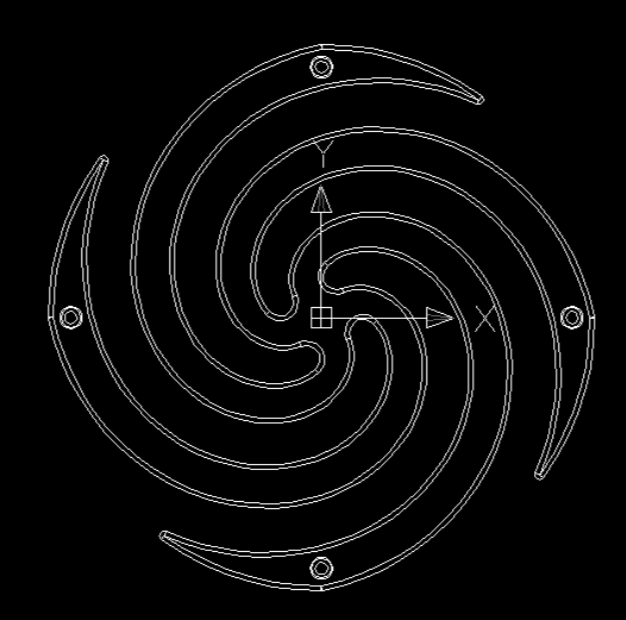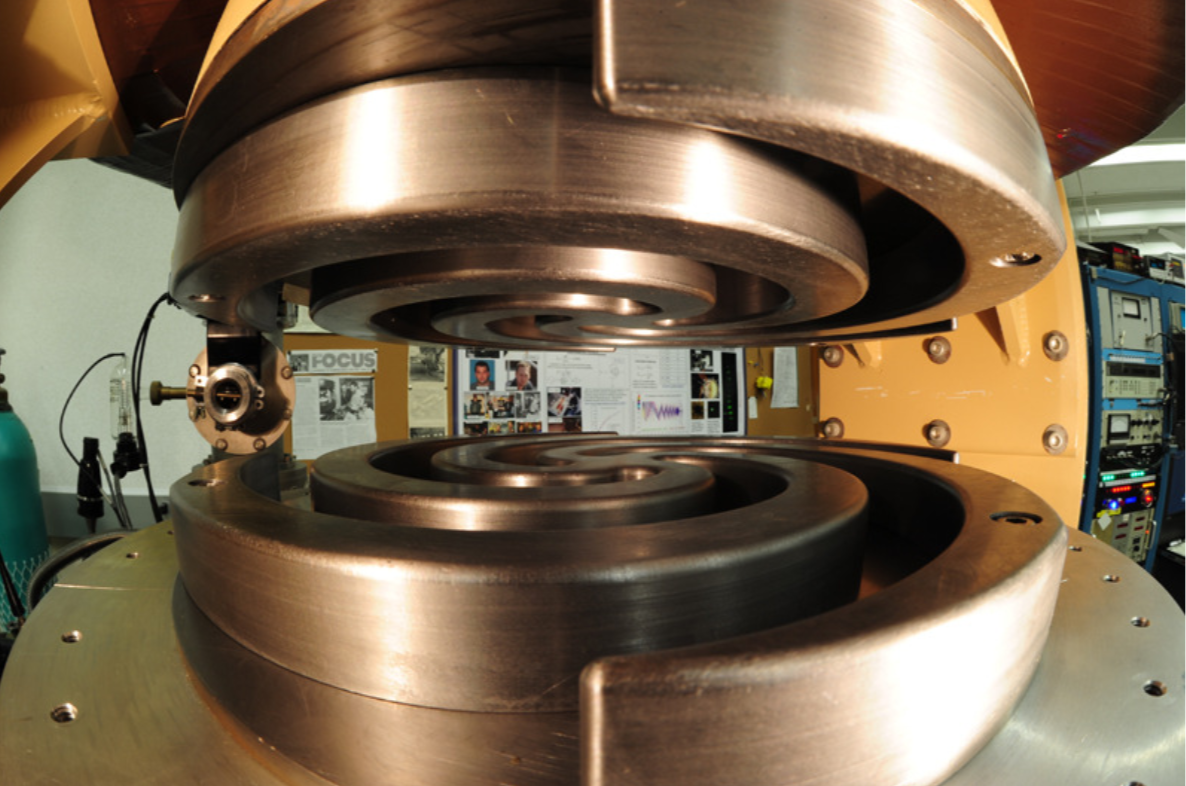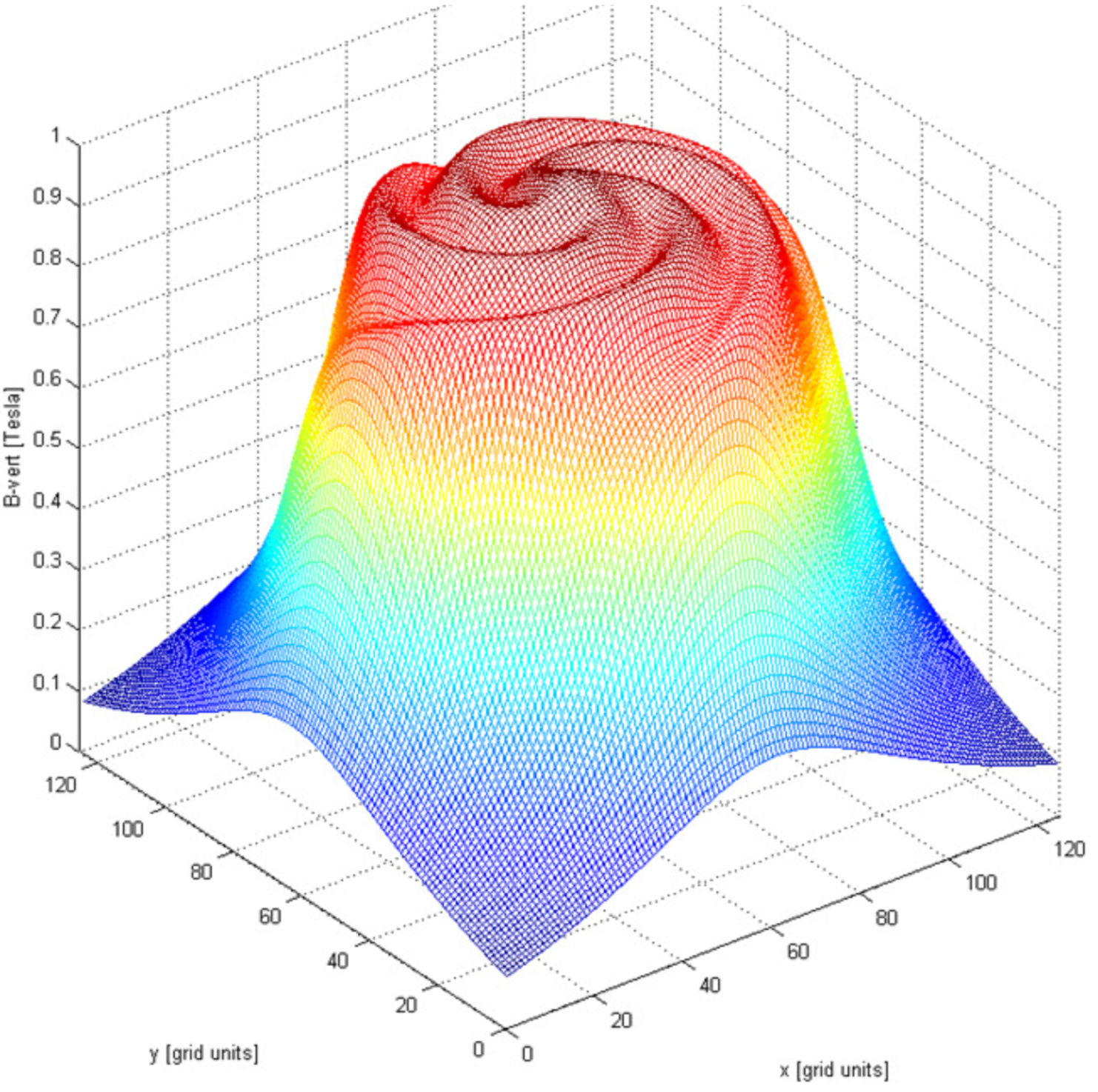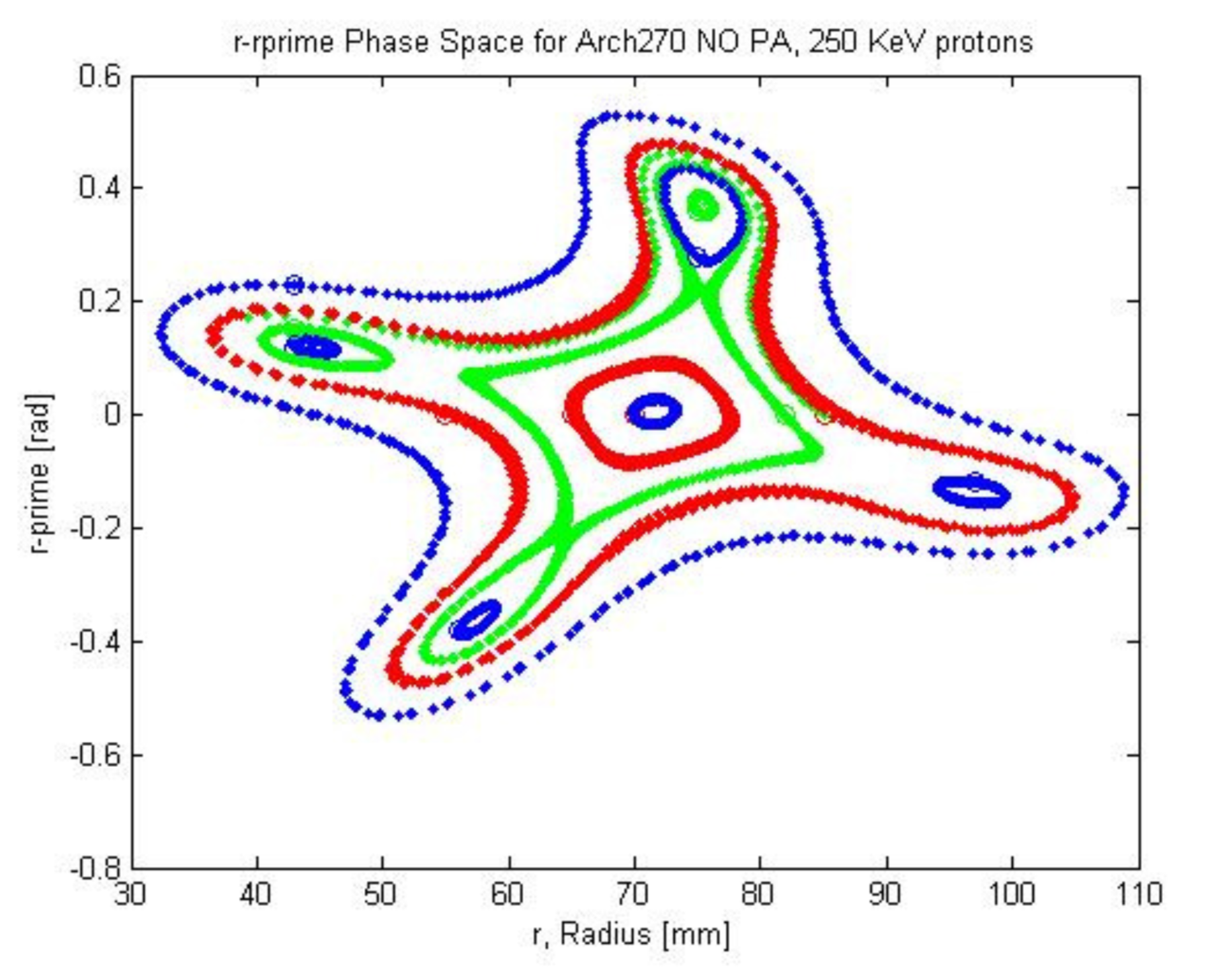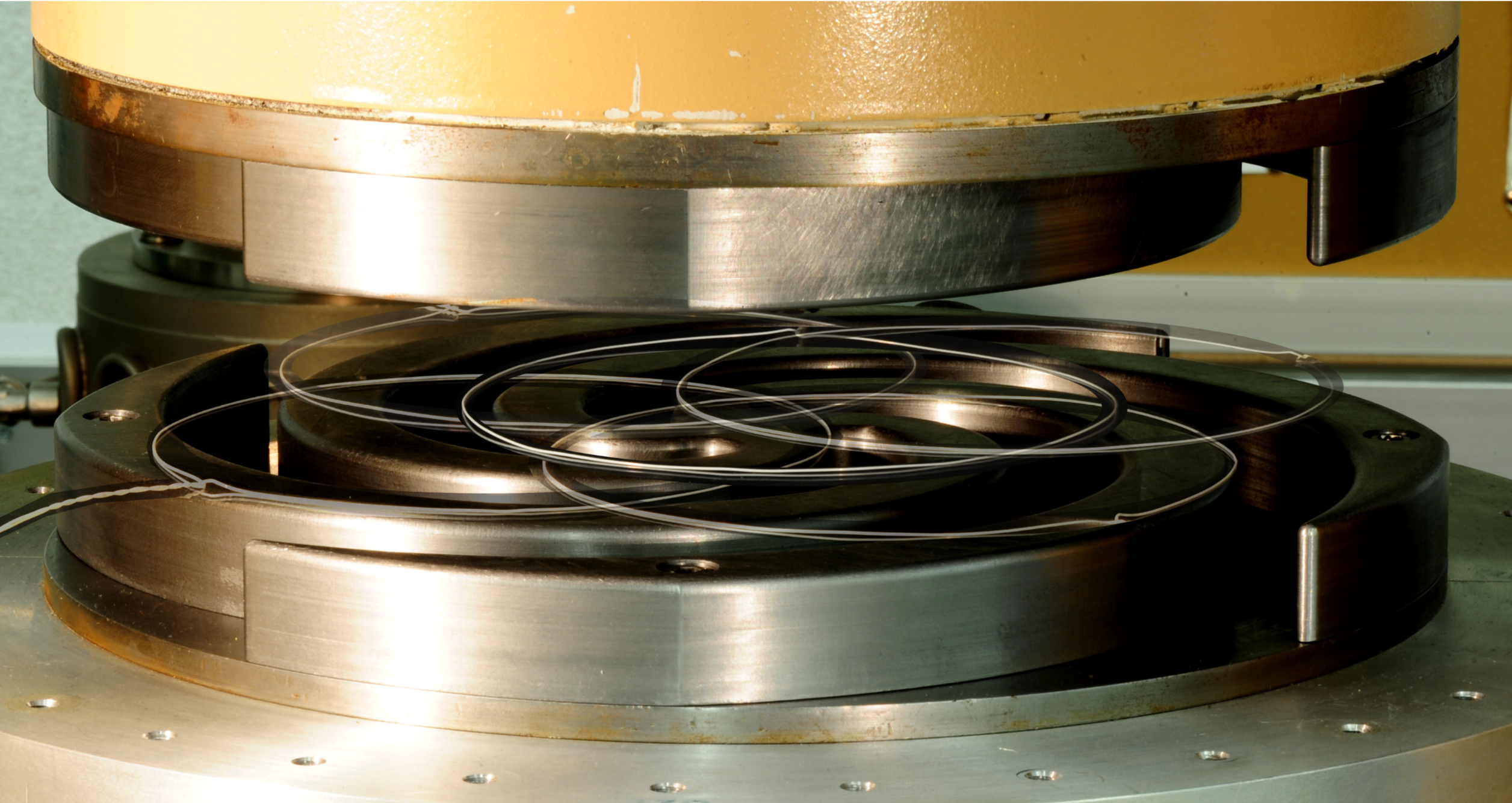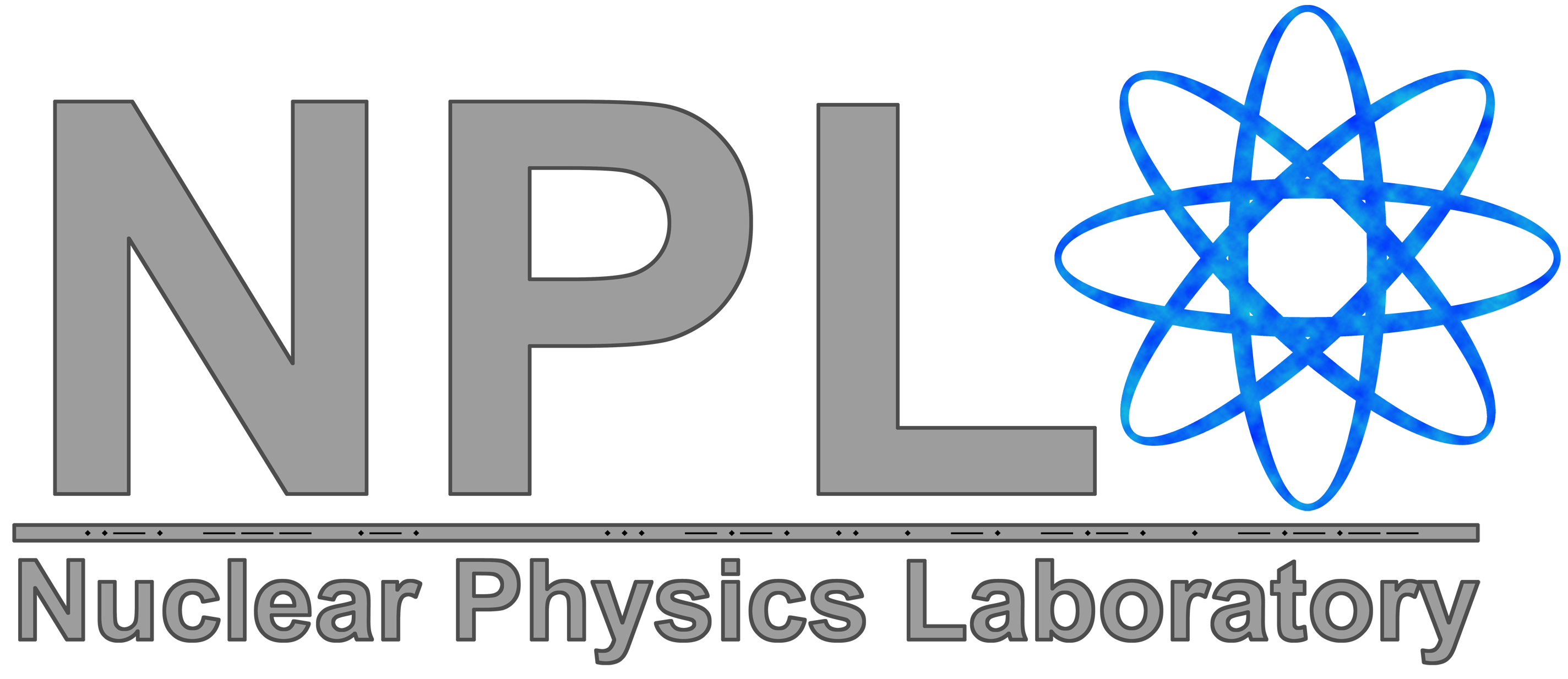Floating Wire Technique
Author: Tim
In his never-ending search on cyclotrons, their technology and history, Tim found this gem of a demonstration waiting to be re-discovered. Before the advent of numerical computers, accelerator builders pulled out their batteries, spools of wire, and ingenuity. Here is a paper by Lawrence Cranberg on Magnet Calibration by the Floating Wire Technique, a paper published by the US Atomic Energy Commission in 1951. The floating wire technique was used to visualize the paths (orbits) of charged particles in magnetic fields. A loop of wire, carrying a current will be drawn into a magnetic field (assuming the polarity is correct) and seek the center of the field, so as to include as many of the flux lines as possible.
If you find this particular experiment interesting, more detailed write ups include a paper Comparing Weak Focusing with AVF Focusing fields, and magnetic field mapping of cyclotron magnets.

